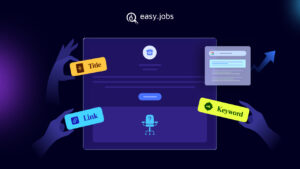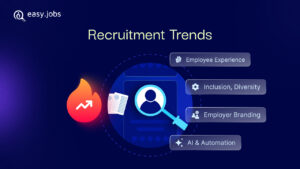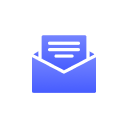Disclosing employee salary information is known as pay transparency and in the modern workspace it has gained significant attention. Companies, driven by demands for fairness, equity, and ethical business conduct, are scrutinizing their compensation practices across different industries. But the question remains, pay transparency in the workplace –is it right for your company?
This blog dives deep into the question and explores what pay transparency is while weighing the benefits and drawbacks. It will also provide a comprehensive guide to help you determine if pay transparency is the right move for your organization.

What is Pay Transparency in the Workplace?
Pay transparency is the concept of companies openly sharing information about how much their employees earn. This practice, also called salary or wage transparency, can take different forms. Companies might reveal the pay ranges for various job positions, or they might go further and disclose the exact salaries of individual workers. The extent of this openness can differ from one company to another.
While some businesses choose to be completely open about all pay-related information, others prefer to share only some details. This partial approach might involve revealing general salary ranges but not specific individual salaries. The goal of pay transparency in the workplace is to create more openness around compensation, which can lead to fairer pay practices and increased trust within the organization.
Several companies have implemented full pay transparency, meaning they openly share salary information with their employees and, in some cases, with the public. For example:

Google has taken steps towards openness about pay, but in a more limited way compared to some other companies. Instead of sharing exact salaries, Google tells its employees about the range of pay for different jobs and levels in the company. This means workers can see how much they might earn in various roles, from entry-level positions to senior jobs.
By sharing this information, Google wants to help its employees understand how pay works in the company. Workers can see how their salary might change if they move to a different role or get promoted. This approach aims to make things fairer and more equal, as everyone can see the possible pay for each job.
However, Google does not go as far as some companies in being open about pay. They don’t share exactly what each person earns. Instead, they give a general idea of what people in certain roles typically make. This balance lets Google be more open while still keeping some privacy around individual salaries.
Microsoft
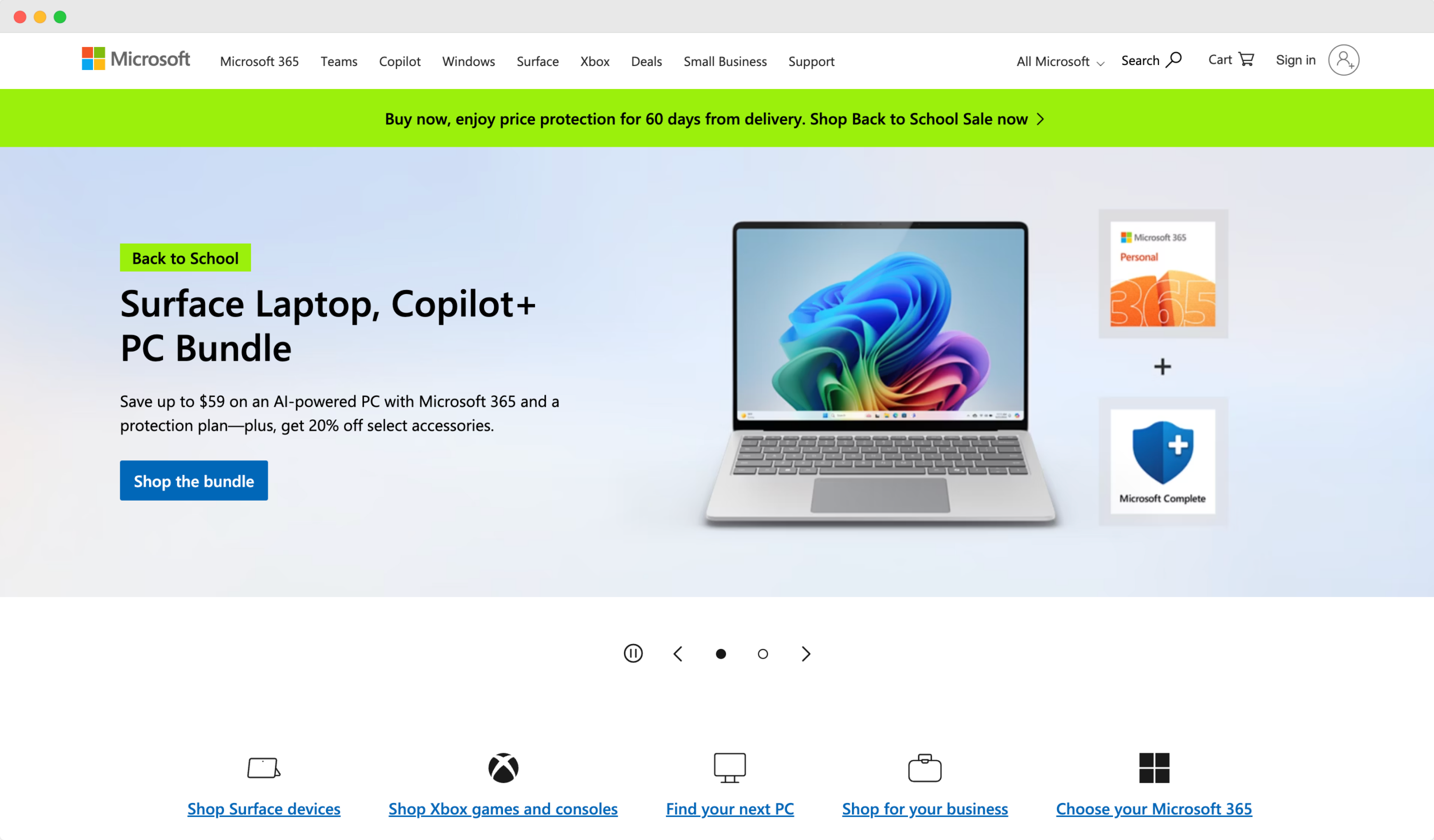
To ensure pay transparency in the workplace, Microsoft discloses salary ranges for different roles and levels within the company. They also provide employees with information about how their pay compares to the market rates for similar positions. This approach helps employees understand the company’s pay structure and ensures transparency around compensation policies without revealing specific individual salaries.
Adobe
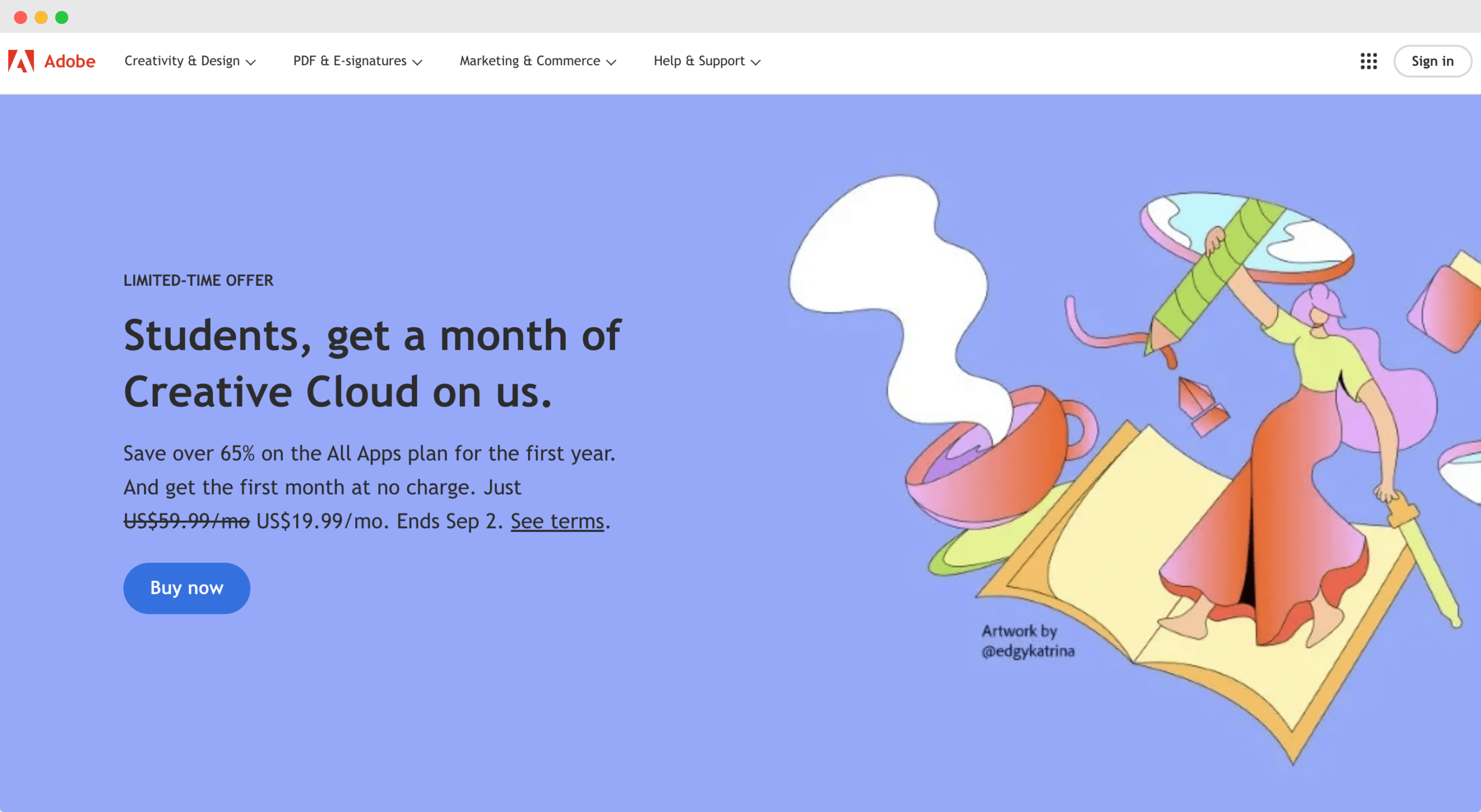
Adobe practices partial pay transparency in the workplace by publishing salary ranges for various roles. They also conduct regular pay equity analyses. They share the findings of these analyses with employees and make adjustments to ensure fairness. Adobe’s transparency efforts are aimed at promoting trust and equity within the workforce.
Atlassian
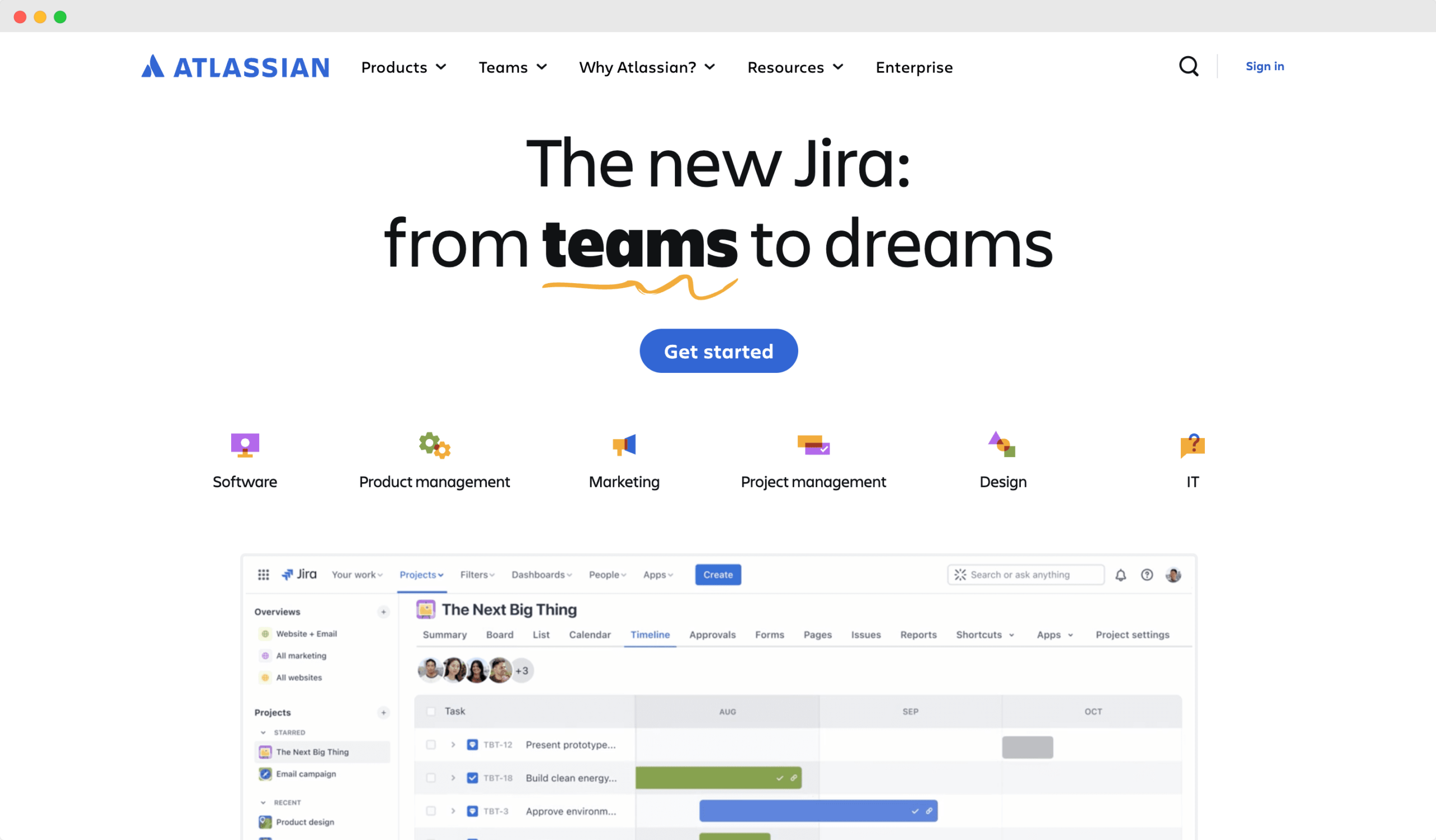
Atlassian, a software company, shares salary ranges for different positions and levels with their employees. This partial pay transparency in the workplace helps employees understand the pay structure. This is also beneficial to make informed decisions about their career progression within the company. Individual salaries are not disclosed, but the ranges provide a clear picture of potential earnings.
Whole Foods Market
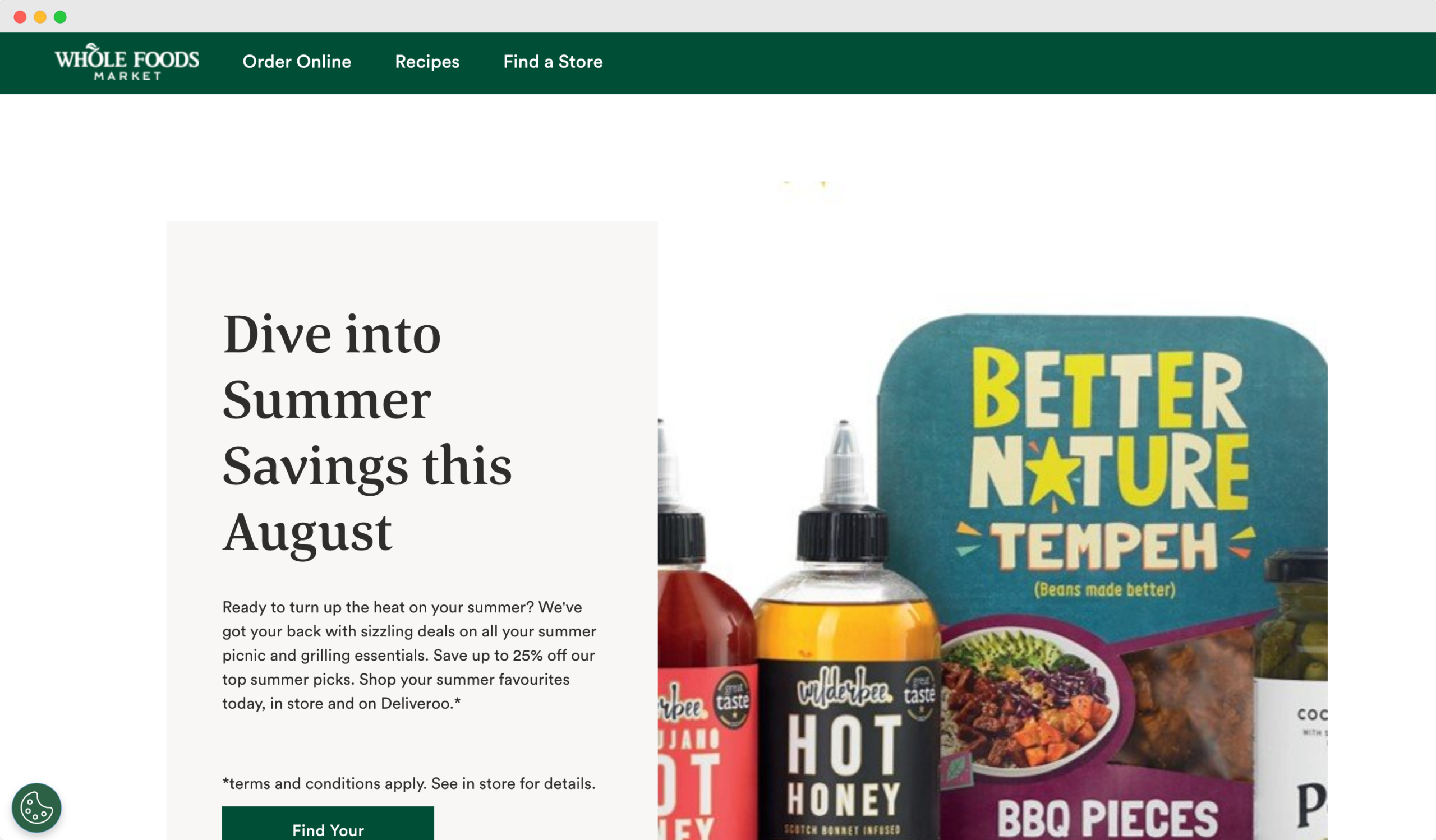
Since 1986, Whole Foods Market has been completely open about employee pay. John Mackey, who helped start the company, came up with this idea. His main objective was to inspire employees by showing them how much they could earn in different roles while building trust and bringing everyone closer to the company.
At Whole Foods, any employee can find out what their coworkers are earning. This openness is meant to encourage people to work hard and improve their skills if they want to earn more. The company believes that when everyone knows what others make, it is clearer how performance relates to pay. This approach has been a key part of how Whole Foods operates for many years.
Buffer

In 2013, Buffer, a company that helps people manage their social media accounts, decided to do something unusual. They started sharing how much money everyone in the company makes, not just with their employees, but with the whole world.
To do this, Buffer created two things: an “Open Salaries” tool and a public spreadsheet. Anyone can look at these to see exactly how much each person at Buffer earns. This includes people who don’t even work for the company. Buffer did this for two main reasons; to build trust among their team members and to make sure everyone is paid fairly.
By being so open about pay, Buffer wants to show that they treat all their employees fairly and that there are no secrets when it comes to salaries. This openness is a big part of how Buffer runs its business and treats its workers.
Salesforce

Salesforce has made a strong commitment to ensuring fair pay for all its employees. While they do not share individual salary information, they have taken significant steps to be more open about how they handle pay.
One of the key things Salesforce does to ensure pay transparency in the workplace is regularly check if everyone is being paid fairly. They look closely at all their employees’ salaries to see if any differences can not be explained by factors like job performance or experience. This process is called a pay audit.
After these audits, Salesforce does something important: they tell their employees what they found. If they discover any unfair differences in pay, they explain what those differences are and how they plan to fix them. This might mean giving some employees raises to make things more equal.
By sharing this information, Salesforce helps its workers understand how the company thinks about pay. Even though employees can not see exactly what their coworkers earn, they can be more confident that the company is actively working to make sure everyone is paid fairly. This approach shows that Salesforce is trying to balance being open about pay with protecting individual privacy.
The example of these companies demonstrates that partial pay transparency in the workplace can significantly enhance trust, equity, and employee satisfaction. By providing clear and accessible information about compensation structures and practices, partial pay transparency can help companies make strategic decisions.
Pay Transparency Benefits To Ensure Fairness
Implementation of pay transparency in the workplace has its challenges and complexities. The objective of pay transparency be it partial or full, is to create an open workplace environment that ensures equality. Let us first focus on the benefits of pay transparency.
🎯 Promotes Fairness And Equity
Pay transparency in the workplace can contribute to creating a fairer workplace. When companies openly share salary information, it becomes easier to spot and fix unfair pay differences that might exist because of gender, race, or other factors. This helps ensure that people are paid based on their actual work and skills, not on biases or hidden decisions.
For example, being open about pay can help tackle issues like the gender pay gap. When everyone can see what others earn, it is harder for unfair pay practices to continue. This fairness can make employees happier with their jobs and more likely to stay with the company.
By making pay information available, companies show they are committed to treating all employees fairly. This can create a more positive work environment where people feel valued and respected for their contributions.
🎯 Increases Trust And Morale
Trust is crucial to any successful organization. Implementing pay transparency in the workplace can significantly boost trust between employees and management. When employees have visibility into how pay decisions are made and see that compensation is distributed fairly, it builds confidence in the team.
This increased trust can lead to higher morale and engagement. Employees are more likely to feel valued and appreciated, which can result in greater productivity and a stronger commitment to the company’s goals and values.
🎯 Enhances Company Reputation
Companies that are open about pay can create a positive impression on both current and future employees. This is important because a company’s reputation matters a lot when it comes to hiring and keeping talented workers. When a company shares salary information openly, it shows that they care about doing the right thing. This can be appealing to skilled workers who want to work for companies that share their values of fairness and honesty.
Being known for pay transparency in the workplace can also make a company look better to the public. It can attract not just potential employees, but also customers and investors. People tend to trust companies that are open about how they do business. This openness can make a company stand out from others in their field.
By being transparent about pay, a company can build a reputation as a good place to work and do business. This can give them an edge over other companies that keep their pay practices secret.
🎯 Improves Employee Performance
Pay transparency in the workplace can also have a positive impact on employee performance. When employees understand how their compensation is determined and see a clear link between their performance and their pay, it can motivate them to strive for higher performance.
Furthermore, a transparent pay structure can create a culture of accountability. Employees are more likely to take ownership of their roles and responsibilities when they know that their efforts are being fairly rewarded.
Challenges Of Implementing Pay Transparency In The Workplace
There are some complexities and challenges of implementing pay transparency. Despite many benefits, pay transparency can also lead to conflict and discontent among employees. Here are the disadvantages of pay transparency.
📌 Potential for Conflict and Discontent
Being open about pay can sometimes cause problems between coworkers. If people find out they are earning less than others for similar work, they might feel jealous or upset. This can make it harder for teams to work well together. When salaries are made public, it can show differences in pay that people did not know about before. This might make some employees unhappy and could even lead to arguments.
To avoid these issues, companies need to make sure their pay is fair before they start sharing salary information. They should check if there are any unfair differences in pay and fix them first. This way, when they do share salary information, it is less likely to cause problems. The main idea is that while being open about pay can be good, it needs to be done carefully to keep everyone working together smoothly.
📌 Privacy Concerns
When companies share everyone’s pay information, some employees may feel uncomfortable. Not everyone wants their coworkers to know how much they earn. For them, sharing salary details feels like an invasion of their privacy. This discomfort can make work less enjoyable for some employees. To deal with this problem, companies need to find a middle ground. They want to be open about pay, but they also need to respect that some people prefer to keep their earnings private. One way to do this is to share some pay information, but not all of it.
For example, a company might show salary ranges for different jobs without revealing exactly what each person makes. This can help create openness while still protecting individual privacy. Companies need to balance being transparent with respecting employees’ comfort levels about sharing personal financial information.
📌 Administrative And Implementation Challenges
Implementing pay transparency in the workplace can be a challenging administrative task. Maintaining accurate and up-to-date pay information requires significant effort and resources. Additionally, companies must navigate potential legal and regulatory issues related to pay disclosure. For organizations with complex pay systems, sharing salary details clearly and correctly can be very challenging. It needs a strong system and careful planning to prevent mistakes and misunderstandings.
📌 Impact on Pay Negotiations
Pay transparency can make salary negotiations less flexible. When everyone knows the salaries, there is less room to offer different pay based on unique skills or situations. This can create a more fixed pay structure, which might not work for all companies.
Also, being transparent can make it hard to offer special packages to new hires or reward top performers with higher pay. Companies need to balance being open about pay with the need to keep some flexibility in their pay decisions.
Understating Pay Transparency: Factors to Consider for Implementation
Before deciding whether to implement pay transparency in the workplace or not, companies must consider several factors. Below are some crucial factors that you should take into account before adopting pay transparency in the workplace.
👉 Company Size and Structure: The size and complexity of the organization can impact the feasibility and effectiveness of pay transparency. Smaller companies with simpler structures may find it easier to implement transparency compared to larger, more complex organizations.
👉 Existing Pay Practices and Policies: Companies with well-established and equitable pay practices are better positioned to implement transparency. It is important to address any existing pay disparities before making compensation information public.
👉 Organizational Culture and Values: Pay transparency should align with the company’s culture and values. Organizations that prioritize openness, fairness, and accountability are more likely to benefit from transparency.
👉 Potential Impact on Employee Relations: Companies should consider how transparency might impact employee relations and dynamics. It is essential to communicate the rationale behind transparency and involve employees in the process to gain their support and buy-in.
Implications of Pay Transparency in the Workplace: Case Studies
Let us take a closer look at the case study of Buffer, a social media management software, that has been able to implement pay transparency successfully.
📈 Successful Implementation: Buffer
Buffer, a company that helps manage social media, does something unusual – they share all their employees’ salaries openly. This is part of their policy of being very open about everything they do. To decide salaries, Buffer uses a clear formula. It focused on factors like this,
- What job does the person do?
- How much experience do they have?
- Where do they live?
By doing this, Buffer tries to make sure everyone is paid fairly. This openness has resulted in some positive outcomes as follows,
- Employees are happier
- People stay at the company longer
- More talented people want to work there
By implementing pay transparency, Buffer has created a workplace where people feel trusted and treated fairly. This has been good for both the employees and the company.
⛳ Challenges Faced: Whole Foods
Whole Foods, a big grocery store chain, tried something similar to Buffer – they let all their employees see each other’s salaries. They thought this would make things fairer, but it didn’t work out quite as they expected.
What happened:
- When people saw what others were earning, they noticed some big differences in pay.
- This made some employees unhappy and caused arguments between coworkers.
To fix these problems, Whole Foods had to:
- Look closely at how they were paying people
- Make sure any big differences in pay were for good reasons
- Explain these reasons clearly to their staff
The main lesson from this instance is that being open about pay can cause problems if a company is not ready for it. Before sharing salary information, it is important to:
- Make sure pay is already fair
- Be prepared to explain why some people earn more than others
- Think about how employees might react and plan for it
So, while being open about pay can be good, it needs careful planning to work well.
Important Steps to Implement Pay Transparency in The Workplace
For companies considering to adopt pay transparency in the workplace, a thoughtful and strategic approach is essential. Here are some pay transparency best practices that need to be followed:
✅ Assess Your Current Compensation Structure
Conduct a thorough review of your existing compensation practices and identify any disparities or inconsistencies. Ensure that your pay structure is fair and equitable before making it transparent.
✅ Communicate Clearly and Consistently
Transparency requires clear and consistent communication. Explain the rationale behind pay transparency to employees and provide detailed information about how salaries are determined. Address any concerns or questions openly.
✅ Train Managers and HR Staff
Managers and HR staff play a crucial role in implementing and maintaining pay transparency. Provide training to ensure they understand the new policies and can effectively communicate and manage any issues that arise.
✅ Monitor and Adjust Policies as Needed
Implementing pay transparency is an ongoing process. Regularly monitor the impact of transparency on employee morale, performance, and relations. Be prepared to make adjustments to policies and practices as needed to address any challenges.
✅ Gather Feedback and Make Improvements
Ask for feedback from employees about the transparency initiative and use it to make continuous improvements. Involving employees in the process can help build support and ensure the success of the initiative.
Weigh the Pros And Cons of Pay Transparency to Take a Strategic Approach
Pay transparency is a complex matter that requires careful consideration. When there are numerous pay transparency benefits such as promoting fairness, increasing trust, and enhancing company reputation, it also presents challenges, including potential conflicts, privacy concerns, and administrative burdens.
Before deciding to implement pay transparency in the workplace, companies should weigh the pros and cons, consider their unique circumstances, and prepare for potential challenges. Companies need to create a more equitable workplace that benefits both employees and the company as a whole.
By carefully weighing the pros and cons and taking a strategic approach, companies can determine if pay transparency is the right choice for their organization. Right preparation and execution of pay transparency best practices can lead to a more equitable, trustworthy, and motivated workforce.
Was this blog a good read? If you want more blogs like this subscribe to our blogs and join our Facebook community to connect with fellow enthusiasts.




